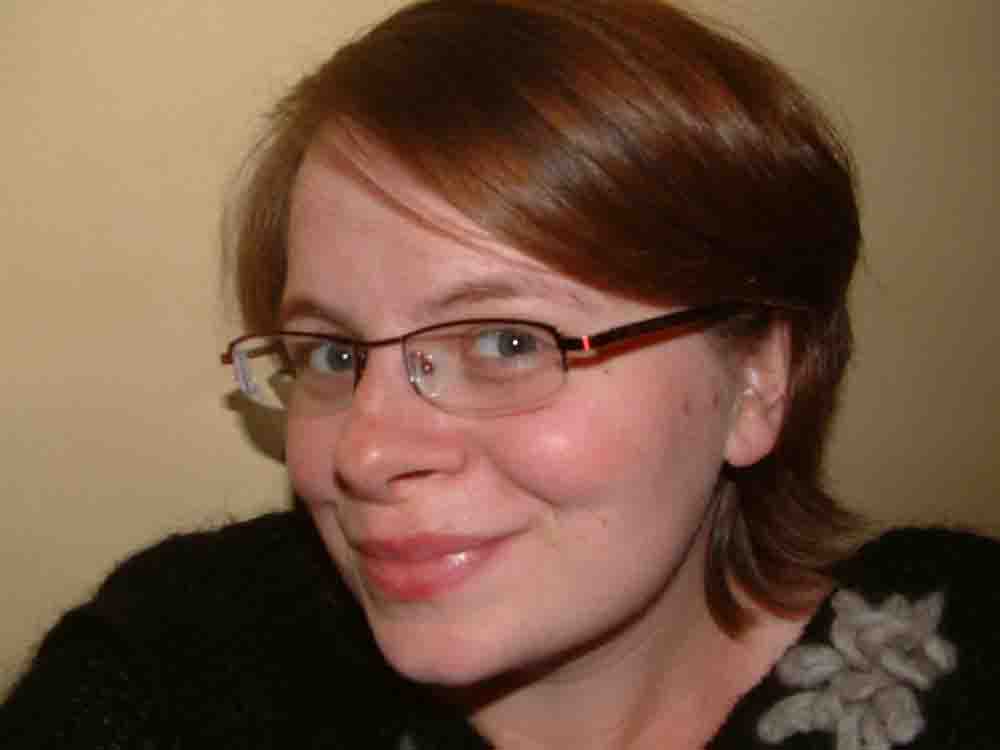Adapting Adoptions?
Back in Chennai, and I spent a day with Sujartha Balaji, who is working with Hands to Hearts, a organisation which provides training in therapeutic massage and care giving to staff in orphanages and adoption centres.
A visit to an adoption centre was a education.
Here are a few ramblings from my journal as I tried to capture some of my polar thoughts.
Visiting the adoption centre both warmed and angered. The centre itself was clean, reasonably well equipped, and from the little time that I spent there, it seemed relatively well managed. Importantly, the staff were engaged; open, welcoming, and spoke eagerly about the training from Hands to Hearts. However, talking about the future of some of these kids and the interlocking social issues, pulled some painful heart strings.
The children stay at the centre for an average of 2 years. Sometimes less, sometimes more. Up to five years is common after which they are transferred to an orphanage.
They are put up for adoption for a number of reasons, mostly kids out of wedlock- taboo here, or they were born with a disability- major taboo.
The future, or rather the lack of it, for the latter category, is not promising.
Suja explained. When Indian couples want to adopt they register their interest and child preferences. Ideally they want a fair skinned male, but given that most of the abandoned children are female, a fair skinned girl will suffice. Ideally, the child will have some resemblance to the adopting parents- same eyes, same nose.
Suja elaborated. Most of the parents never tell the child that they are adopted- a risky game, in that frequently it slips later in life by another relative, making for some fraught relationships. The social workers always encourage the parents to disclose to the child at an early stage that they were adopted.
Wanting the perfect child, any form of disability virtually renders the child as ineligible for home adoption. It is not that Indian couples are prohibited from adopting children with disabilities, but ‘damaged goods’ are generally not on their shopping list.
Sadly, shockingly, even mild disfigurement- a cleft lip, skin pigmentation, retarded growth, are all put in the disability box. In the centre which I visited, of the 33 children about 8 had a ‘disability’. A girl with a club foot. Another with Downs Syndrome. Another kid who looked about 1 was actually 3.
Ironically, some of the happiest, most open, beautiful kids in the place.
Other than foreign adoption, there is little future other than an orphanage for these kids. I didn’t get a chance to visit an orphanage (I tried, but was unable to track down the right person), but I hear conditions are worse; lacking funding, staff and basic hygiene. The adoption centres raise funds through care fees which the adopting parents have to pay- an option which is not available to the orphanages.
Suja told me a little about the staff in these centres. Most are uneducated and untrained, even in basic first aid. Apparently a lot of ‘old wives tales’ govern how they administer care; some coming from age old maternal wisdom (which is wonderful), but other practices which are ungrounded. Hands to Hearts provide additional training to these women; trying to raise the standard of care, and educational stimulation for these kids. All necessary, important work.
Coming away from the whole experience however, and overall feeling that it is not enough. Attitudinal change has to happen. The way people with disabilities are viewed needs to shift. Yes, a monumental task; but am drawn back into thinking about what has been happening in Ireland with the Special Olympics and Caroline Casey’s work. If it can happen there, it can happen it. We just need to rally the masses.


0 Comments:
Post a Comment
<< Home